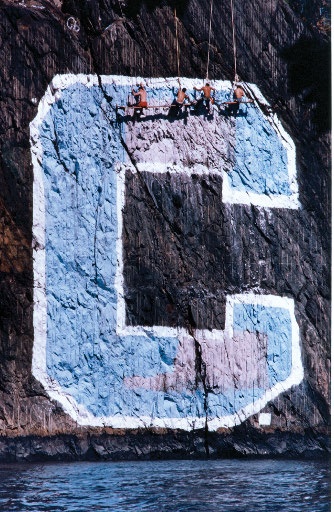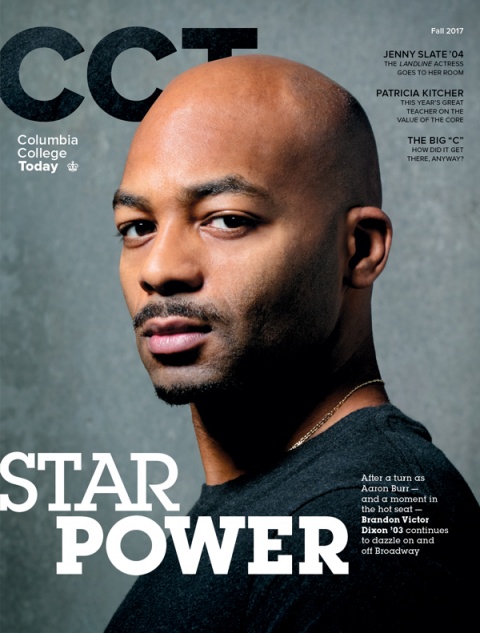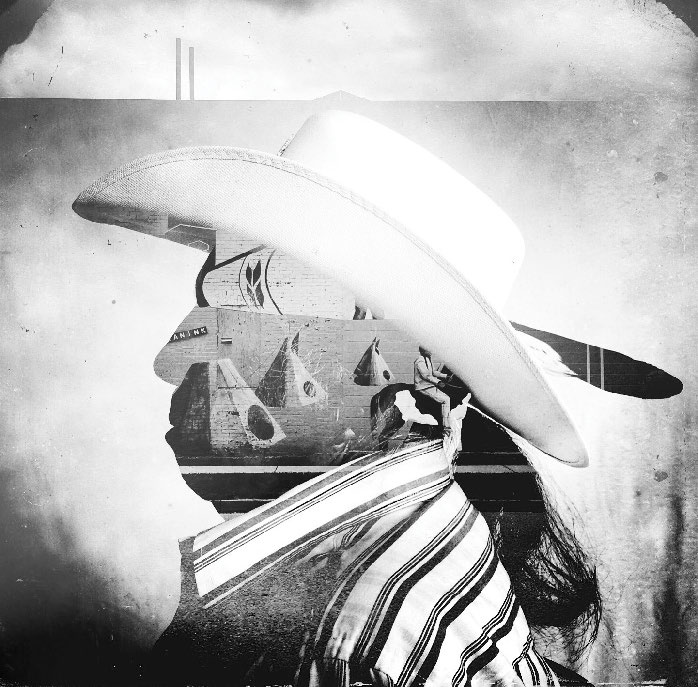Columbia College | Columbia University in the City of New York
Letters to the Editor
A Lion-Hearted Escapade

Phyllis Katz
While I was reading the article on the Big “C” in the Fall 2017 CCT [“Roar, Lion, Roar”], I was surprised to find my own name staring back at me from the page with the allegation that I had written an “outraged” letter in the 1980s deriding the repainting of the “C” as a “harebrained stunt.”
I have no recollection of having written such a letter, but if I did I hereby wish to retract it. This was clearly not a harebrained stunt but rather a Lion-hearted escapade, worthy of all praise and admiration. In this case, what was written in the 1980s stays in the 1980s.
Edward R. Green ’79, SEAS’83
Brooklyn, N.Y.
Ah, Memories
After reading “Oh, Say Can You ‘C’?” in the Fall 2017 issue, I find myself reflecting. During 1956–57, I was a 16-year-old, 115-lb. freshman coxswain. As a part of my crew “initiation” — sitting on a narrow board — I was lowered to, and painted (simply using a bucket and brush), a long segment of the “C” equal to my arm span. One row was quite enough! My children, grandchildren and friends have been suitably impressed on seeing the site.
Ah, memories ...
Michael L. Gelfand ’60, PS’64
Niskayuna, N.Y.
Regarding the Big “C,” I joined the freshman crew team in Fall 1957 and Spring 1958, and continued for the next two years (1958–59 and 1959–60). The “C” was complete when I started. I think some refurbishment painting occurred in 1960 or 1961. I did not participate in any painting, but the “C” was awesome from the time I started. It was visible from Baker Field, but it was just across the Harlem River from the boat dock and Columbia boathouse.
I saw it every day as we launched our shells and as we came to dock every evening.
Also, a coda to the item about the closing of West 116th Street [in “Alumni News”]: Uniting the Columbia campus continued in 1962–63 with the “bridge” from the main campus to the Law School over Amsterdam Avenue between West 116th and 117th streets. Interestingly, the concrete for the supporting pillars did not meet specifications and jackhammers had to break the concrete out of the reinforcing rod so that the supporting pillars could be poured again. I worked in an office on the east side of Amsterdam between West 117th and 118th streets. I lived in an apartment on West 113th Street between Broadway and Amsterdam. It was a long, hot, dusty, noisy summer!
CCT staff: You do generate a lot of memories and a lot of thoughts!
Bernie Muench ’61, SEAS’62, BUS’65
Beverly Hills, Mich.
I appreciated your excellent piece on the great story of West 116th Street [“Alumni News,” Fall 2017]. I spent some time shortly after the street’s closing as a guest at a private party where Mayor Robert Wagner Jr. was present. In my conversation with him I spoke words of appreciation for his role in the dramatic event. Wagner, a Yale alumnus, responded to me warmly by calling upon our respective school colors: “It was just a case of Dark Blue helping Light Blue.” His wonderful explanation of his good deed has clung to me all my long life.
Henry F. Graff GSAS’49
Professor Emeritus of History
New York City
A Bold Statement

Kudos on the latest [Fall 2017] issue of CCT, which is one of the best I’ve seen, in terms of graphic design. I especially liked the concept of focusing on one specific person for the cover, which is compelling (I think you should do that every time!). It is a simple concept, but people, after all, are what the alumni magazine is about, and by showcasing one individual it makes a bold, strong statement. I think it is more effective than showing multiple people, or a photo of campus, or a picture of NYC or whatever — all of which are less personal.
Time magazine, of course, on a much grander scale, used this concept for decades and it was an effective way to make the entire country suddenly seem intimate through one face on the cover.
Adam Van Doren ’84, GSAPP’89
New York City
Exposing Buried Pasts
When the past is toxic waste we must not bury it, but rather we must keep seeing it long enough to learn not to make more of it. I thank Daniella Zalcman ’09 — and Rose Kernochan BC’82 and CCT — for unburying and examining the violently silenced stories of Canada’s genocidal Indian residential schools [“Columbia Forum,” Summer 2017].

An image from the project “Signs of Your Identity,” by Daniella Zalcman ’09
As Zalcman’s double exposures starkly, luminously mask survivors’ faces with brick walls, broken glass and trembling leaves, the subjects’ singly gazing eyes bespeak knowing and living beyond arrangements for death.
When it comes to unhealthily buried toxic history of this continent, there is so much yet to unearth and face. California’s Gold Rush genocide of Indigenous peoples proceeded apace as Abraham Lincoln gave his second inaugural address — that most extraordinary presidential naming of the robbery and brutality foundational to American slavery and the very development of the nation. But in sharing his realization, in exposing this truth, Lincoln simultaneously, implicitly endorsed — through his silence about the Indigenous blood flowing at his back — the ongoing American genocide of Indian peoples under his watch at that very moment.
This history has only begun to be uncovered and considered (helped greatly by the recent scholarship of Brian Lindsay, Andrés Reséndez and Roxanne Dunbar-Ortiz, to name a few), but it provides a welcome mirror to recognize our national depredations, both past and present, potentially motivating us to change our ways. By not turning away, not plugging our ears or stopping our noses to the horrors of Canada in the 20th century, California from the 1840s to 1870s, and after, and Afghanistan, Iraq, Libya, Syria, Palestine, Yemen and Puerto Rico today, settler and colonial and neocolonial imperialism need not remain our destiny. To choose a new way, we must fully see where we stand. As “Columbians,” perhaps we have a special responsibility here: Our very namesake was a founder of genocide.
Jonas LaMattery-Brownell ’98
Oakland, Calif.
Issue Contents
Published three times a year by Columbia College for alumni, students, faculty, parents and friends.
Columbia Alumni Center
622 W. 113th St., MC 4530, 6th Fl.
New York, NY 10025
212-851-7852
cct@columbia.edu
Columbia Alumni Center
622 W. 113th St., MC 4530, 4th Fl.
New York, NY 10025
212-851-7488
ccalumni@columbia.edu

